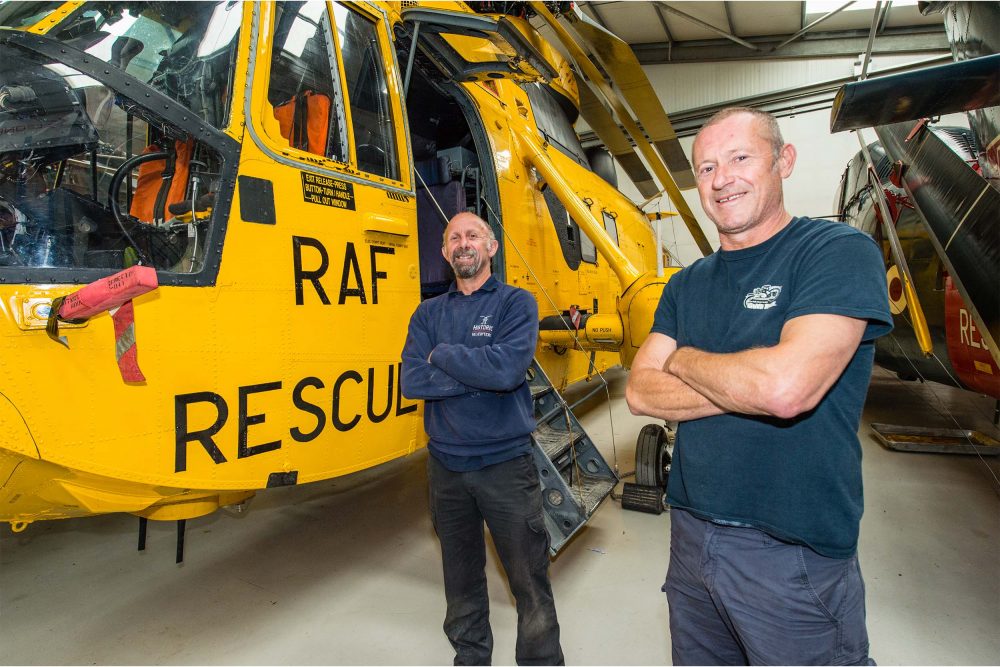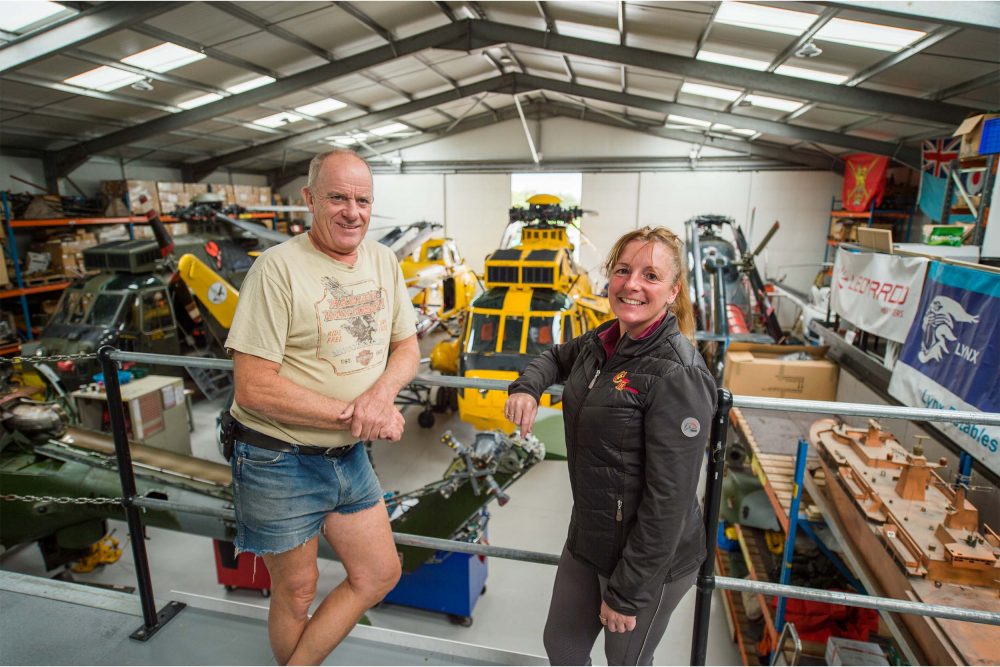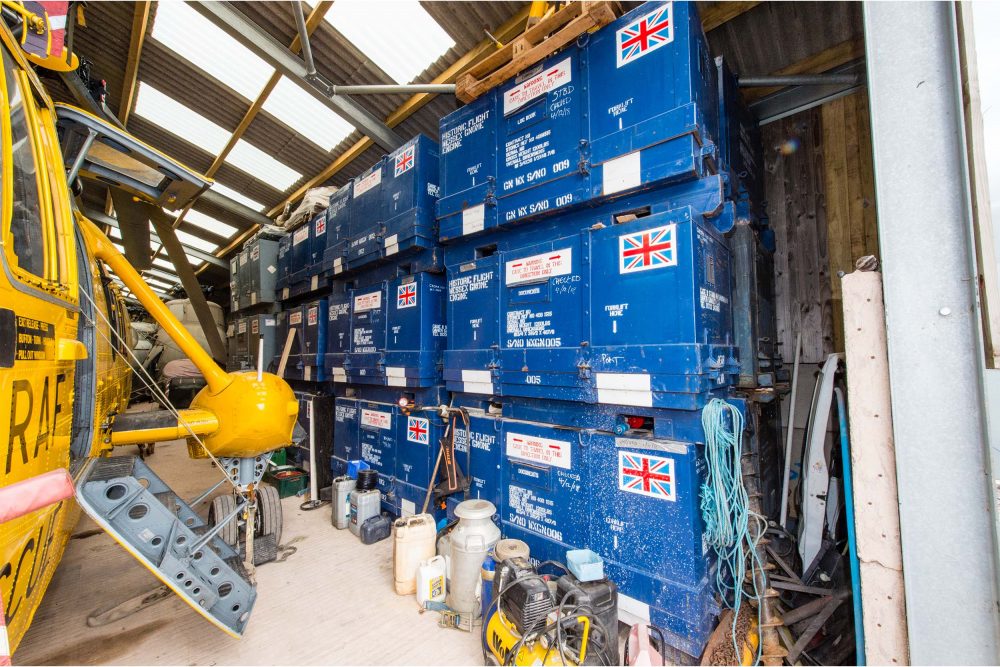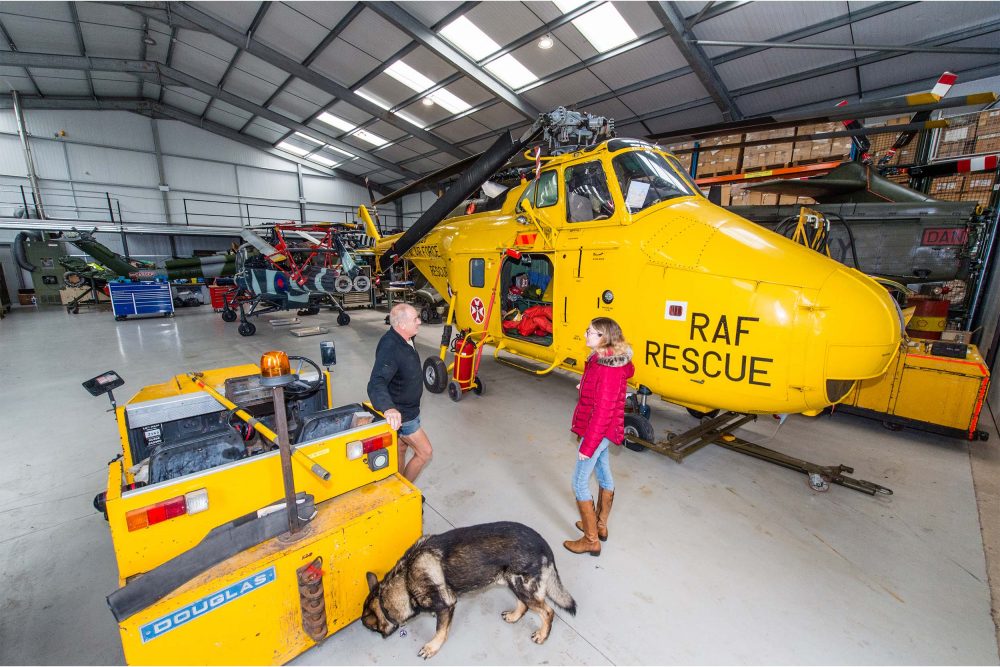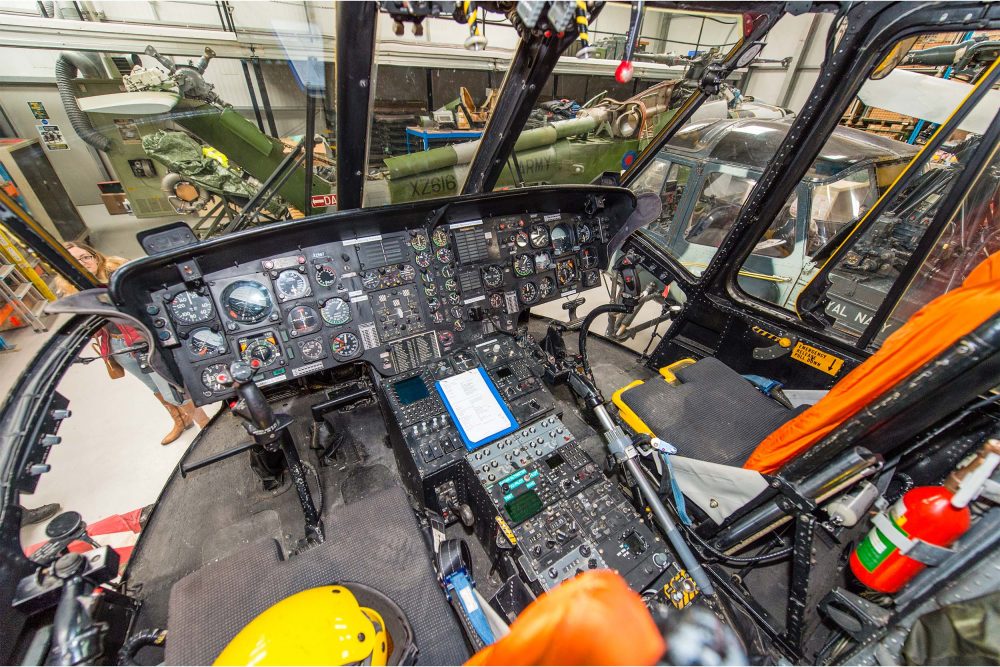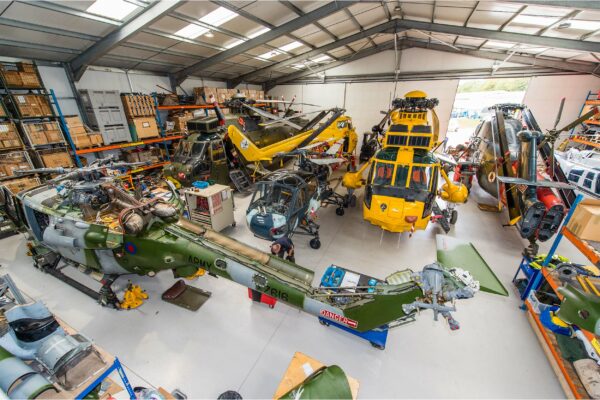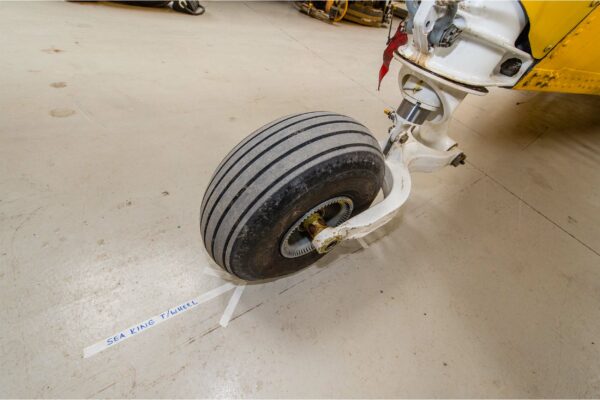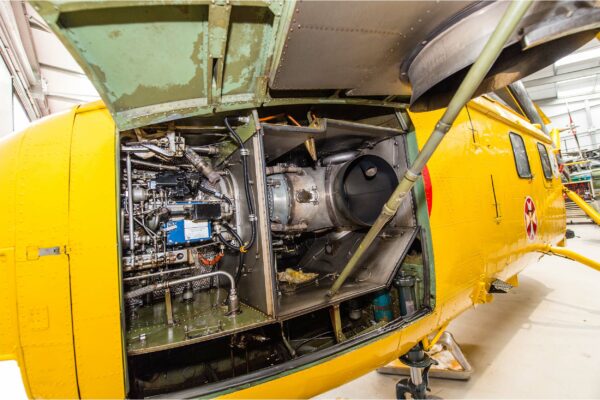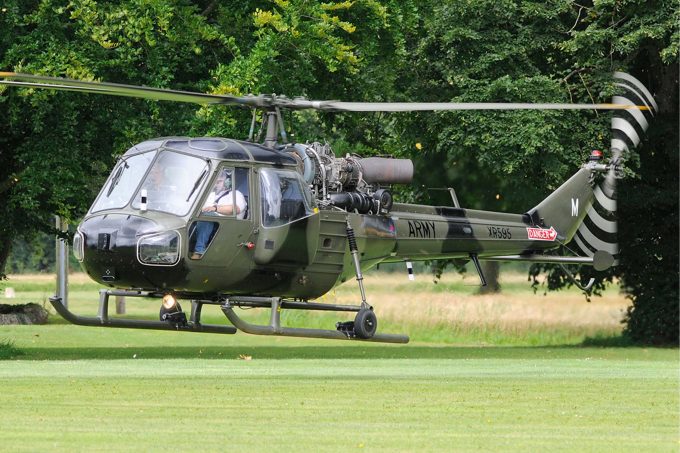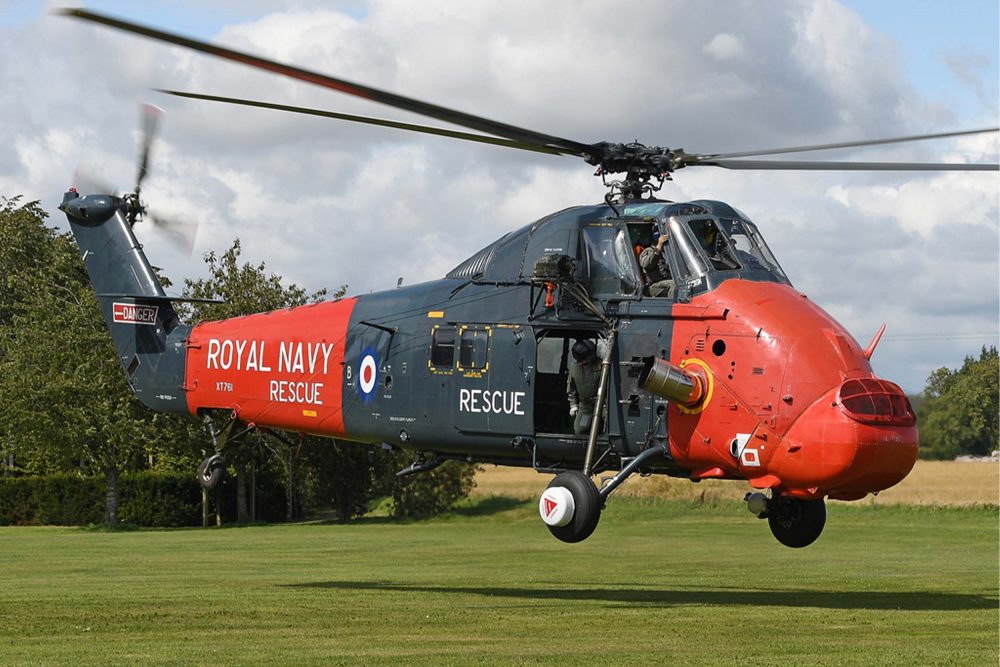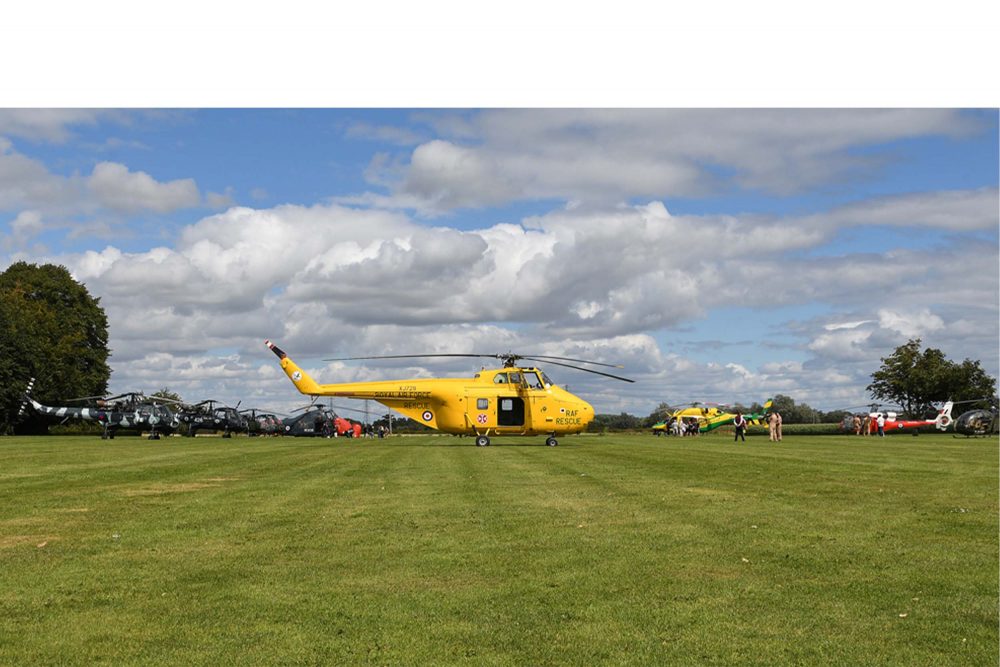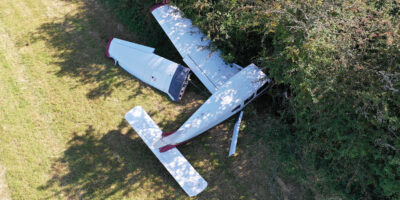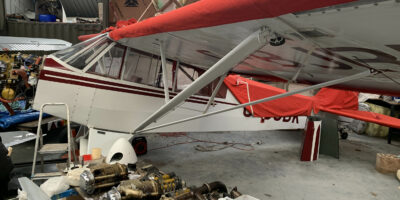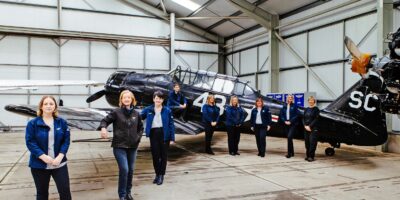Want to log some hours in an ex-military helicopter?
The Sea King, Whirlwind and Wessex might be off limits to all but a select few, but if you’re keen to log some time on a Westland, you could soon be in luck. Helicopter instructor and examiner Mark Cowley recently replaced his R44 with a Scout and plans to offer Scout and Wasp type rating courses, as well as mini courses for enthusiastic PPL(H) holders who want to see what it’s like to take the controls of these legendary machines.
“I particularly like the Westland Scout and the Wasp, as they are such iconic British-made helicopters and hark back to a golden age of military flying in the 1960s, 1970s and 1980s,” says Mark. “They are solid, heavy and built to withstand the rigours of the battlefield or a harsh marine environment.”
So what’s it like to climb on board? “When you first get in the Scout, you immediately notice that it smells distinctively of leather and oil, like a classic vintage car,” Mark explains. “You look around at all the switches and circuit breakers and they are captioned ‘Rockets, Slow Falling Flares, Guns, Missiles’, etc – it really does capture your imagination. They are classic military aircraft, purpose-built for the job they were required to carry out in the armed forces.”
Is the Scout difficult to fly? “Not particularly, but it does have quirks that will cause an inexperienced pilot a problem unless you have some reasonable helicopter experience,” says Mark. “As an instructor, I think it is sensible that you cannot generally learn to fly in one if you have not got a PPL(H). I don’t relish the thought of trying to teach someone to hover in one.”
Even as an existing PPL(H) holder, it’ll take you more hours to achieve a type rating on a Scout than on most helicopters – it’s a 10-hour course, compared with five hours for most ratings. At the time of writing, Mark is awaiting approval from the CAA for his new Scout/Wasp type rating training manual, which he’s adapted from an original manual to be more suitable for civilian instructors. He’s had to ensure that the syllabus covers aspects civilian pilots won’t be familiar with, such as the dangers of misinterpreting old military instrumentation.
When the training manual is approved, Mark’s courses promise to be a fascinating insight into military helicopter flying as well as an enjoyable flying challenge. Students will hear from senior ex-military pilots, who’ll come along and lecture on the history of the helicopters, their development in service and the role they played in the armed services around the world.
The final details are still being worked out, but if you’re interested in being kept in the loop for the chance to log some time on a Scout, Mark will be operating through his company Dragonfly Aviation, and you can contact him for more information here.




